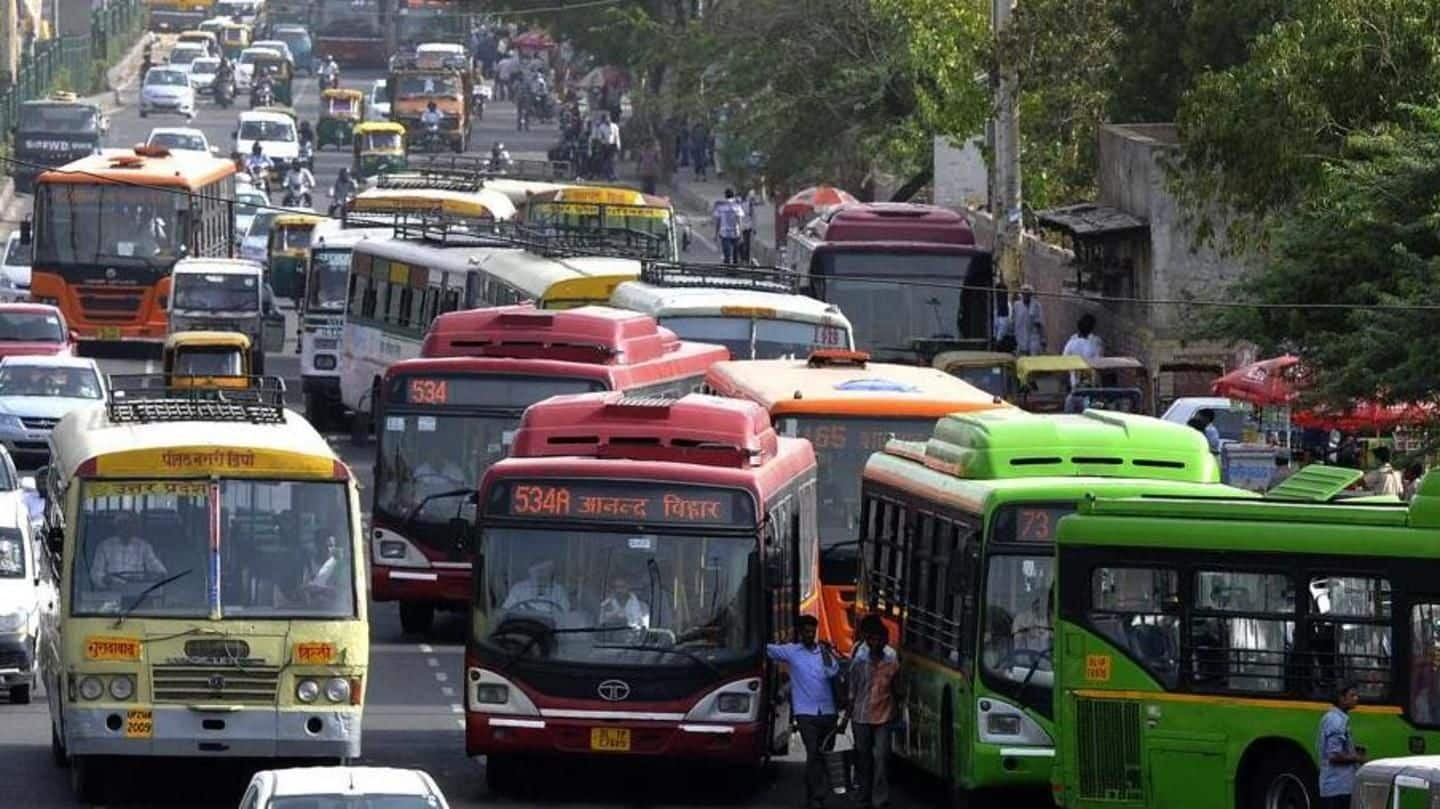
Congestion costing India a whopping Rs. 1.44L crore a year
What's the story
Four metros of India-Delhi, Mumbai, Kolkata and Bengaluru-are 149% more congested than other comparable cities in Asia, whereby commuters take 1.5-times longer to reach a certain destination during peak hours. The congestion is also costing the country a whopping Rs. 1.44lakh crore a year in fuel waste, reduced productivity, air pollution and accidents, with Delhi losing 12% of its GDP, a report said.
Details
Congestion reasons: population density, dependence on private cars, poor road-network
The massive congestion levels can be attributed to India's ever-growing population density, poor road network, under-developed public transport and high-dependence on private cars (modality share ranges from 22%-45%), said Boston Consulting Group report, that was commissioned by Uber. The survey, which was conducted to ascertain the potential of ride-sharing in India, considered 7-9 am and 6-8 pm as peak hours and questioned 1200 people.
Details
Despite boasting of robust public-transport, Delhi & Mumbai roads congested
The report points out Delhi and Mumbai roads remain congested despite both boasting of public transport like metros, trains, and buses. Out of all the kilometers people travelled in Delhi, only 19% have been covered using public transport; Mumbai scores 54%, followed by Kolkata. Roads in Bengaluru and Kolkata are congested because instead of focusing on infrastructure improvement, authorities are building more rail lines.
Quote
'Ride-share good intervention, but women passengers' safety a concern'
"Ride-share is a good intervention purely from congestion point of view. But other crucial issues of safety of passengers and liability in case of road accidents also need to be addressed. Safety of women passengers is a concern," said urban transport expert Prof N Ranganathan.
Findings
Kolkata has maximum number of congested roads, Bengaluru next
Focusing on individual cities, Kolkata was termed 'worst' as far as congested roads go, followed by Bengaluru. The WB capital has only 6% of total area left for road-network, while Delhi has 12%, which makes it a better performer, despite it registering maximum number of vehicles. Experts opined Bengaluru's situation is alarming as its road network lacks planning and traffic management is poor too.
Solutions
79% respondents said may not buy car if ride-sharing's commensurate
Due to poor public-transport, 89% respondents said they were planning to buy a car in next 5-years. However, 79% said they're willing to forgo the plan 'should availability and timeliness of ride-sharing equal or exceed private car ownership,' said Uber. This would reduce private-cars by 33%-68%, bringing down congestion-levels by 17%-31%. Moreover, 760-22,000acres of unnecessary parking spaces would also be available in the cities.
Information
We benefit maximum from Uber and Ola's rivalry. Know why
We benefit maximum from Uber and Ola's rivalry. By 2022, Uber Elevate, meaning flying electric-vehicles, will be operational. The company will also test drive 700 electric-vehicles in Delhi and Hyderabad soon. Ola, on the other hand, will introduce 10,000 e-rickshaws and electric auto-rickshaws within 1-year.